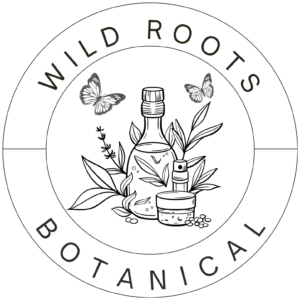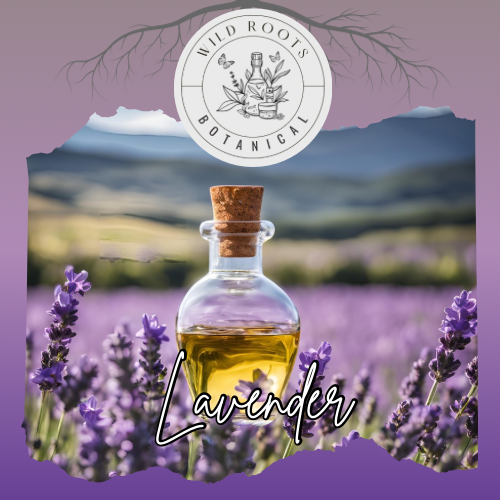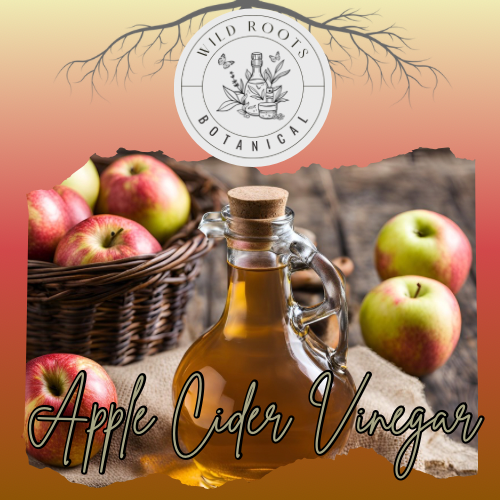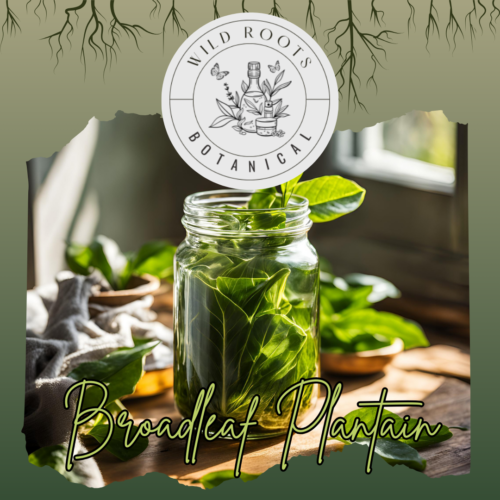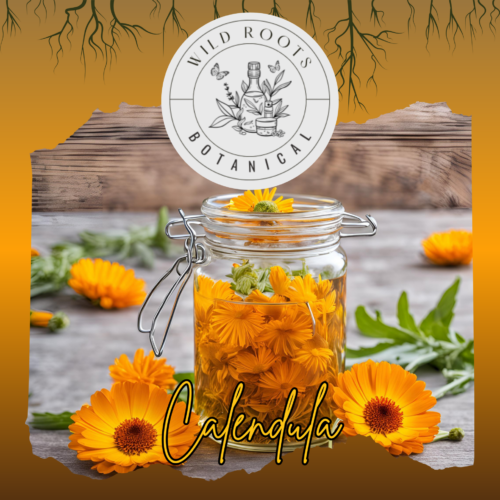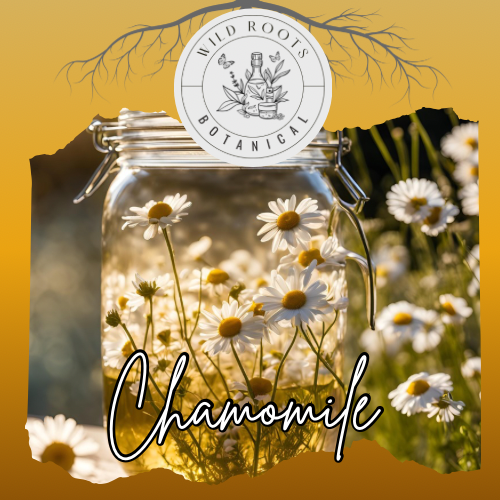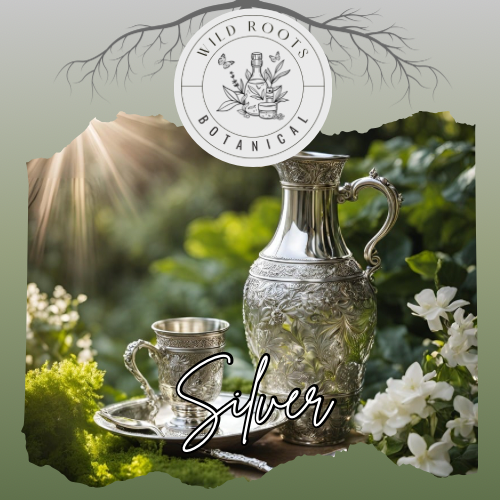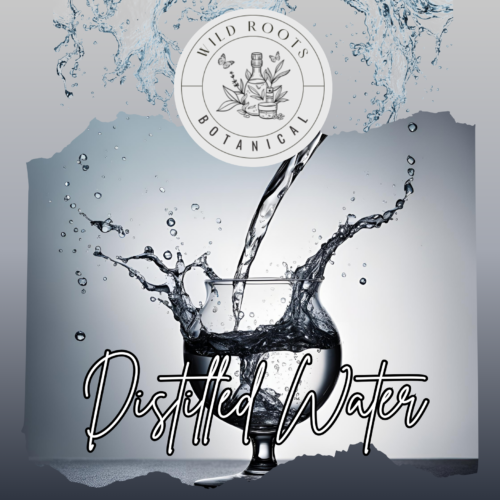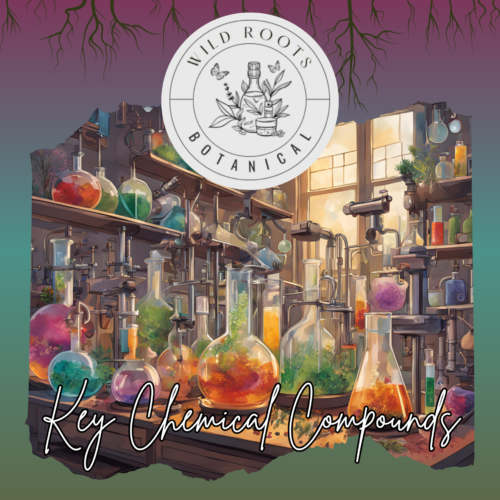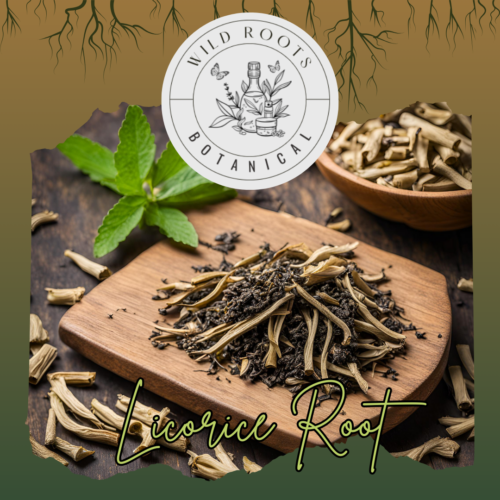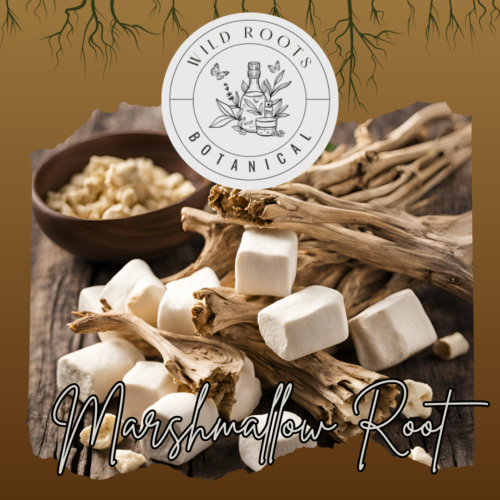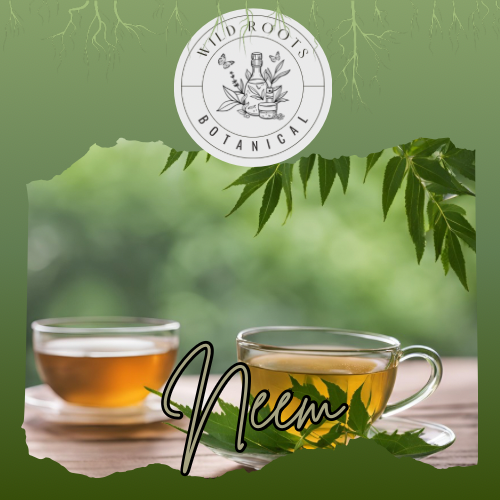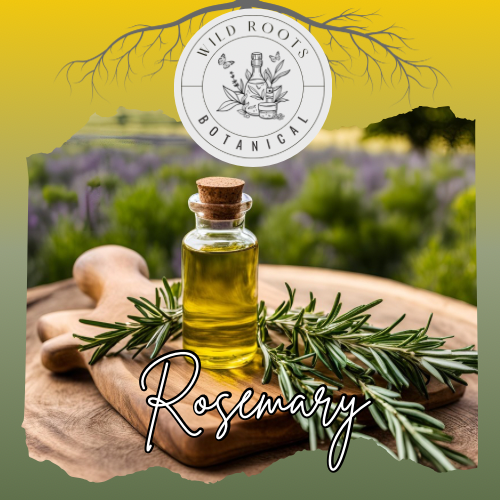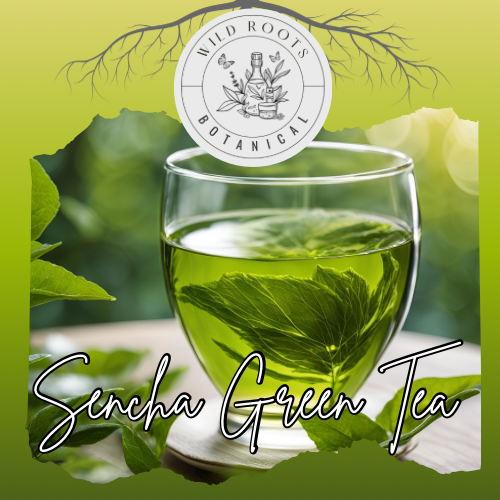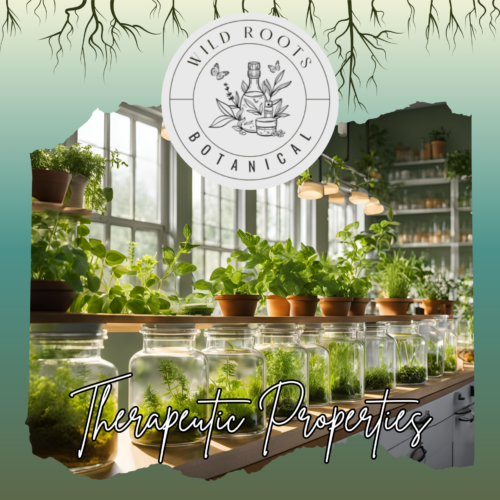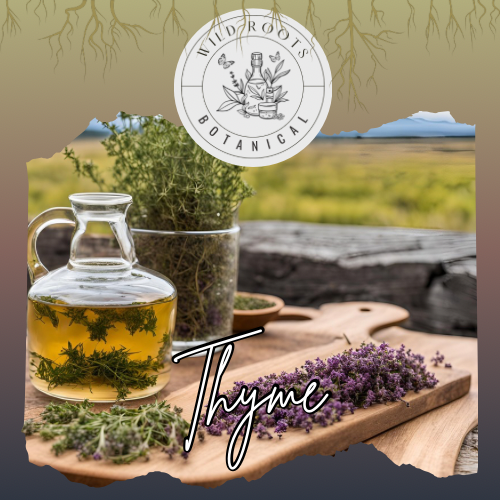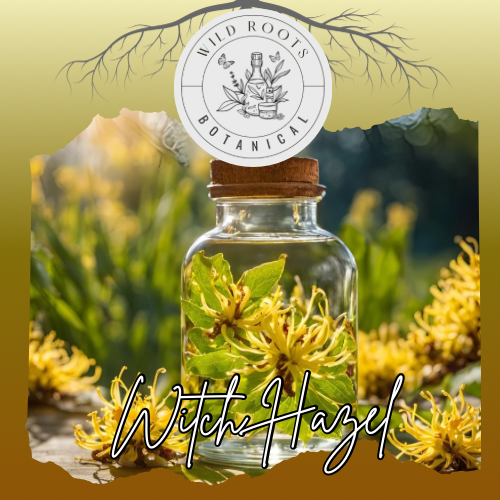Lavender: Purple Peace – A Comprehensive Guide
Introduction
Lavandula angustifolia, commonly known as lavender, has been cherished for millennia for its distinctive fragrance and therapeutic properties. From Roman baths to modern aromatherapy, this Mediterranean native continues to prove itself as one of nature’s most versatile and beloved healing plants, offering benefits for both physical and emotional well-being.
Historical Journey
Ancient Origins
Lavender’s documented use spans civilizations:
- Ancient Egyptians used it in mummification and perfumes
- Greeks and Romans added it to their bathing rituals
- Middle Ages saw its use as a plague preventative
- Victorian era popularized it in household products
Etymology and Cultural History
The name derives from the Latin “lavare” (to wash), reflecting its historical uses:
- Bathing rituals in ancient Rome
- Medieval floor strewing herbs
- Traditional linen freshening
- Early aromatherapy practices
Scientific Understanding
Chemical Composition
Key components include:
- Linalool (20-45%)
- Linalyl acetate (25-46%)
- Terpinen-4-ol
- Lavandulyl acetate
- Camphor
- 1,8-cineole
- β-ocimene
- β-caryophyllene
Evidence-Based Benefits
Research has demonstrated:
- Anxiolytic and calming effects
- Sleep quality improvement
- Pain reduction properties
- Wound healing acceleration
- Antimicrobial activity
- Anti-inflammatory benefits
Modern Applications
Medical Uses
Contemporary applications include:
- Anxiety and stress management
- Sleep disorder treatment
- Wound and burn care
- Headache relief
- Skin condition treatment
- Respiratory support
Commercial Products
Found in various forms:
- Essential oils
- Body care products
- Sleep aids
- Cleaning supplies
- Aromatherapy blends
- Culinary ingredients
Traditional Uses
Medicinal Applications
Historical uses include:
- Sleep promotion
- Anxiety relief
- Headache treatment
- Wound healing
- Respiratory support
- Digestive aid
Household Uses
Traditional applications:
- Linen freshening
- Insect repellent
- Room freshener
- Clothes storage
- Natural disinfectant
Growing and Harvesting
Cultivation
Requirements include:
- Full sun exposure
- Well-draining soil
- Mediterranean climate conditions
- Proper spacing
- Regular pruning
- Good air circulation
Harvesting Guidelines
Best practices:
- Harvest just as flowers open
- Cut in morning after dew dries
- Bundle for drying
- Store in dark, cool places
- Protect from moisture
Safety and Precautions
General Safety
While generally safe, consider:
- Proper dilution rates
- Skin sensitivity testing
- Pregnancy and nursing cautions
- Drug interactions
- Age-appropriate use
Usage Guidelines
Best practices include:
- Quality source verification
- Proper storage methods
- Appropriate application techniques
- Dosage adherence
- Professional consultation when needed
Modern Research
Clinical Studies
Current research focuses on:
- Sleep quality enhancement
- Anxiety reduction mechanisms
- Pain management applications
- Wound healing properties
- Antimicrobial effectiveness
Future Directions
Promising areas include:
- Neurological applications
- Cancer-supportive care
- Novel delivery systems
- Bioavailability enhancement
- Synergistic combinations
Fun Facts
- The word lavender comes from the Latin ‘lavare’ meaning ‘to wash’
- Ancient Romans paid the equivalent of a month’s wages for a pound of lavender
- Queen Victoria appointed an official “Purveyor of Lavender Essence”
- During World War I, lavender was used to disinfect hospitals
Cultural Significance
Historical Importance
Symbolic meanings include:
- Purity and cleanliness
- Love and devotion
- Protection from evil
- Peace and tranquility
- Healing and renewal
Modern Revival
Contemporary interest in:
- Natural medicine
- Sustainable living
- Aromatherapy
- Organic gardening
- Traditional wisdom
References
- Cavanagh, H. M. A., & Wilkinson, J. M. (2002). “Biological activities of lavender essential oil.” Phytotherapy Research, 16(4), 301-308.
- López, V., et al. (2017). “Lavender (Lavandula angustifolia Mill.) Essential Oil as a Natural Antioxidant and Anti-Aging Agent.” Cosmetics, 4(4), 37.
- Malcolm, B. J., & Tallian, K. (2017). “Essential oil of lavender in anxiety disorders: Ready for prime time?” Mental Health Clinician, 7(4), 147-155.
- Koulivand, P. H., et al. (2013). “Lavender and the Nervous System.” Evidence-Based Complementary and Alternative Medicine.
Traditional Recipes
Relaxation Blend
Classic formula:
- 3 drops lavender essential oil
- 2 drops chamomile oil
- 1 drop bergamot oil
- 1 oz carrier oil
Sleep Sachet
Traditional preparation:
- Dried lavender buds
- Dried rose petals
- Dried chamomile
- Muslin sachet bag
